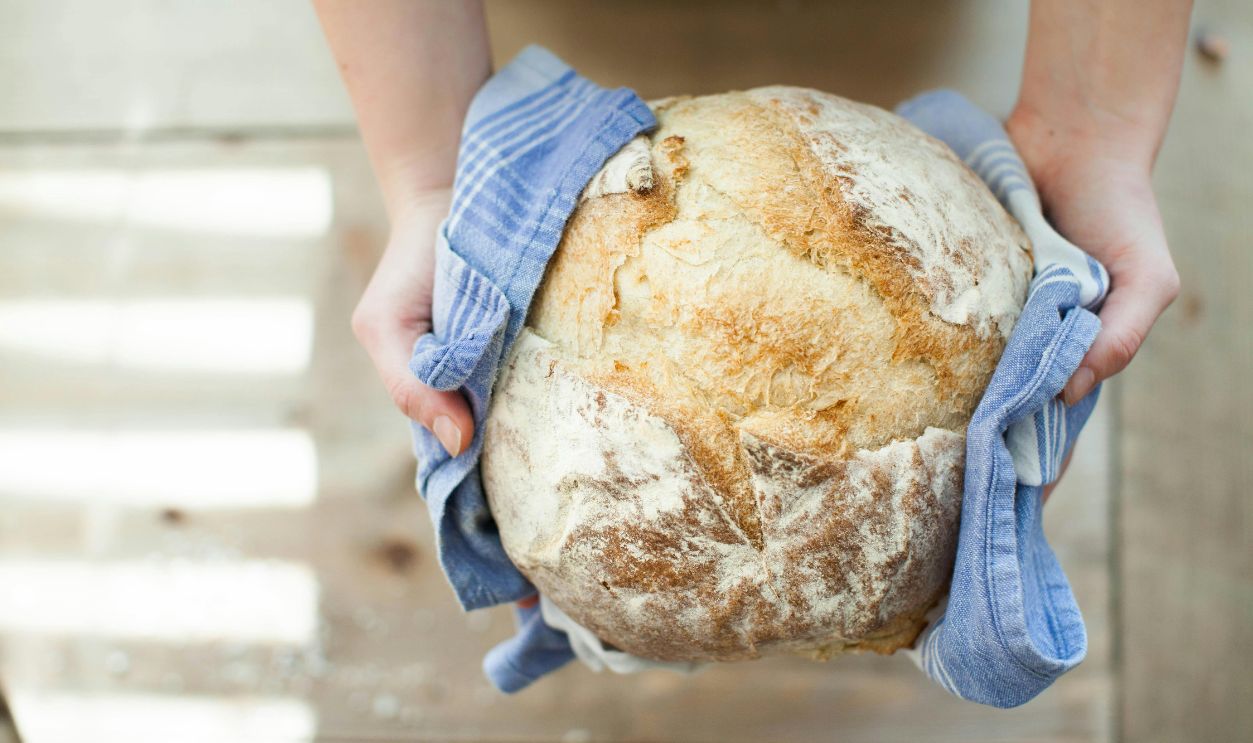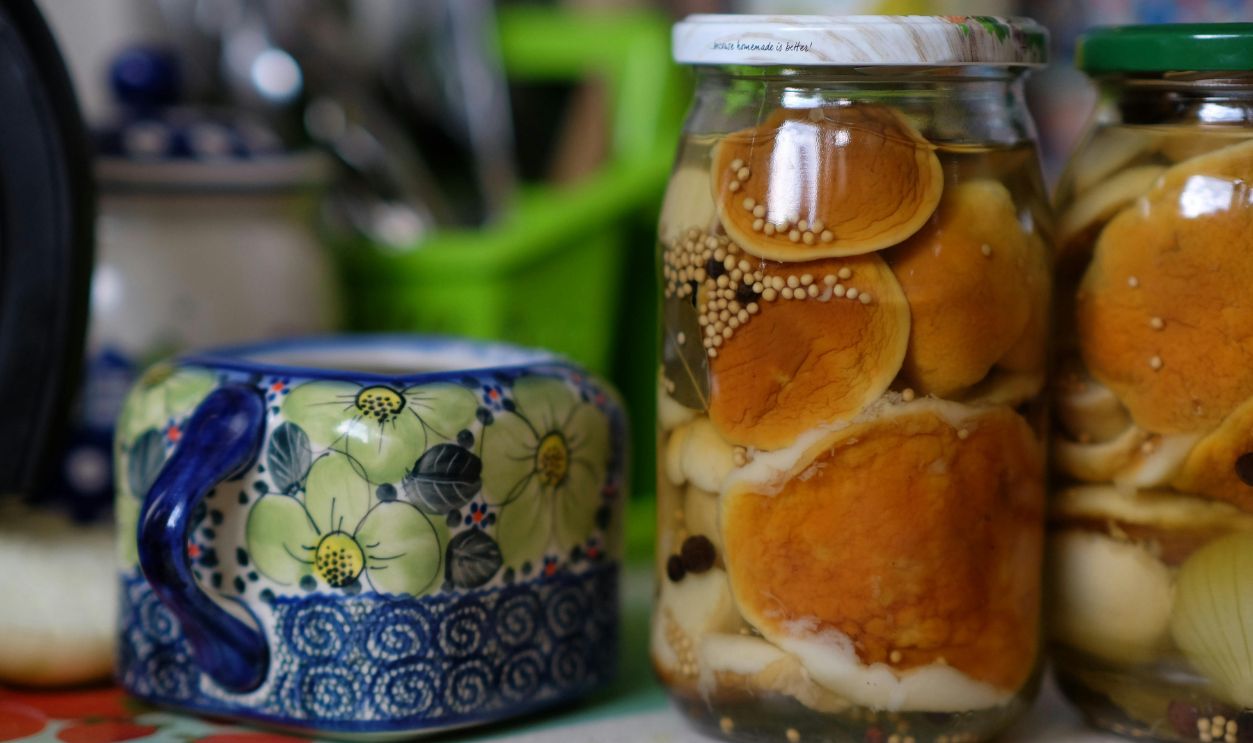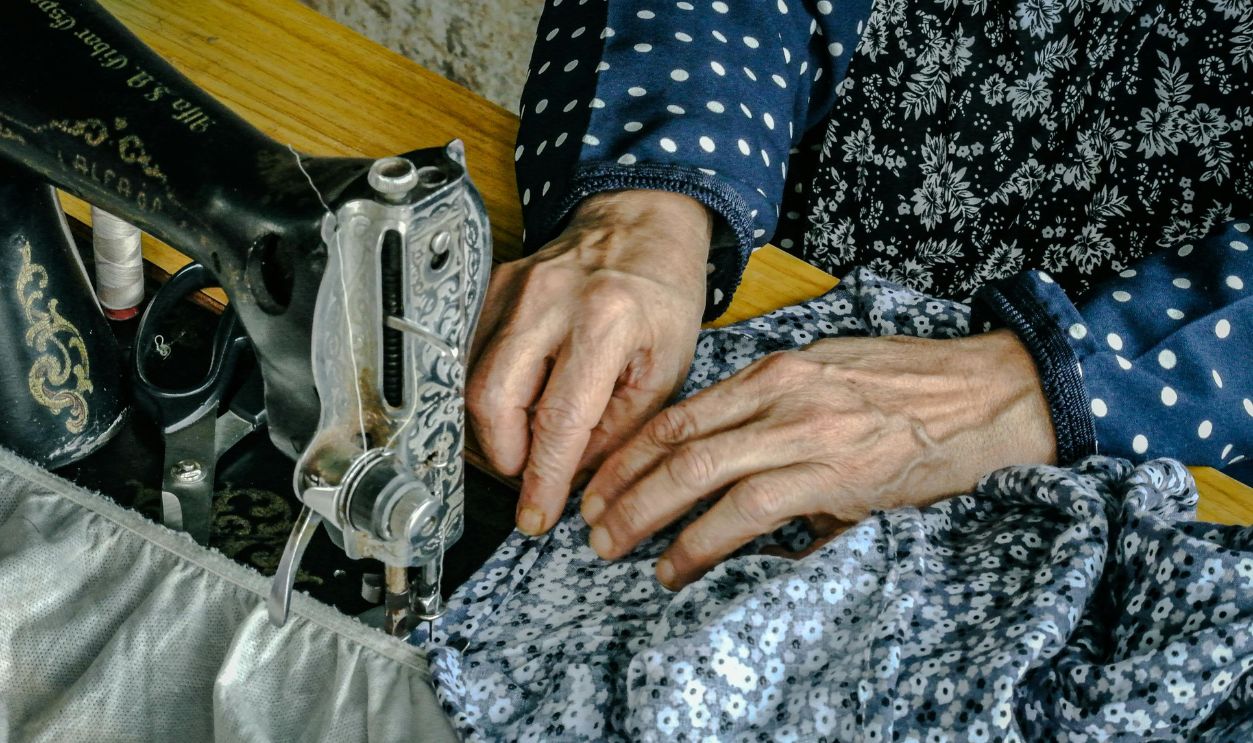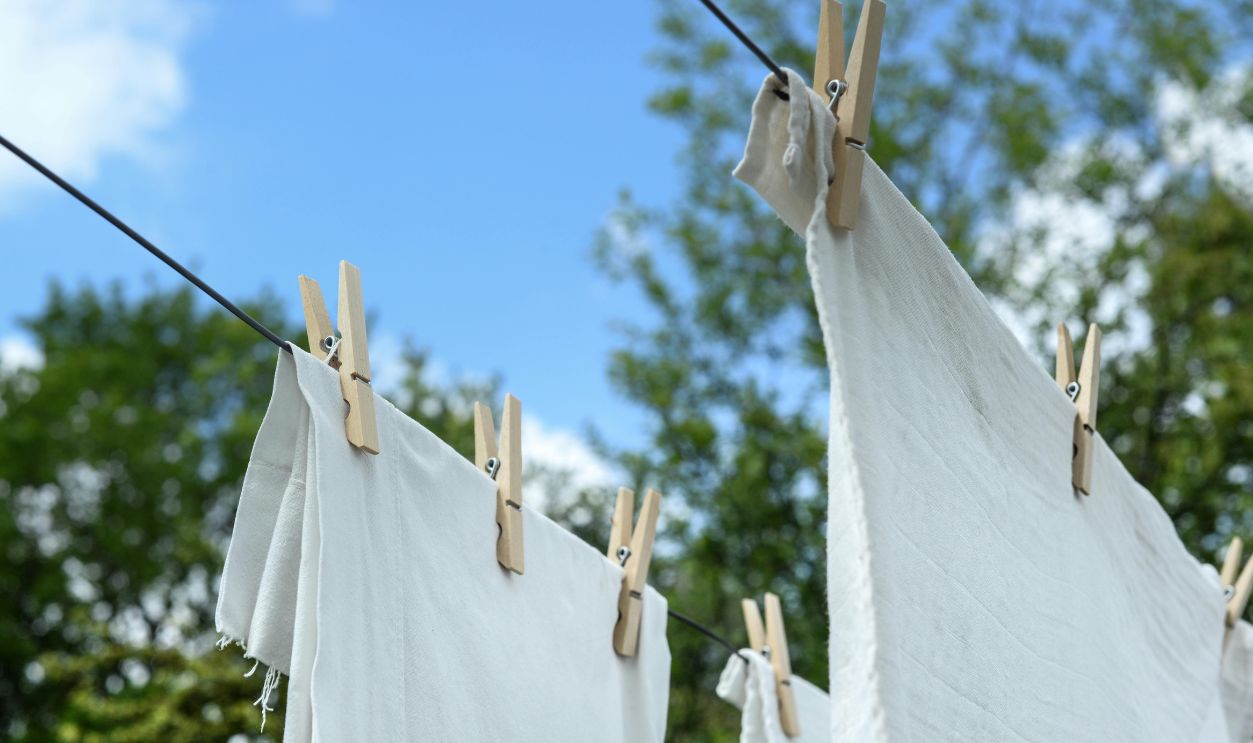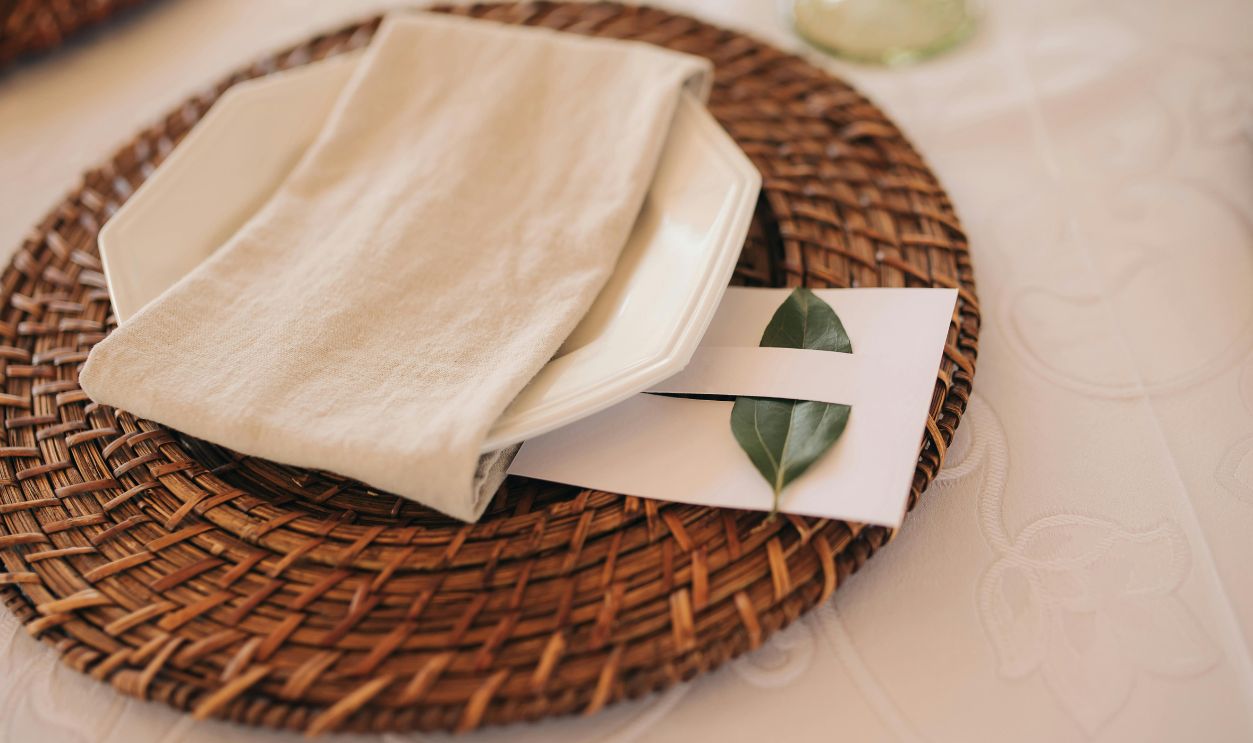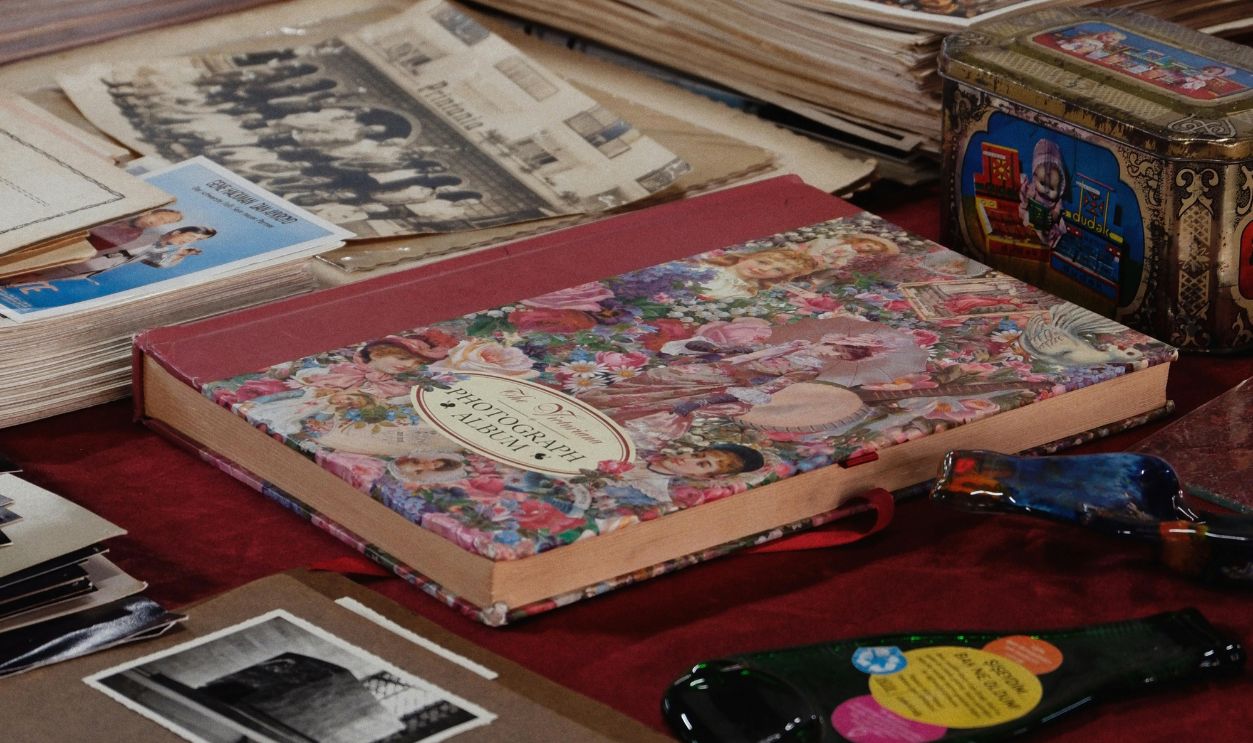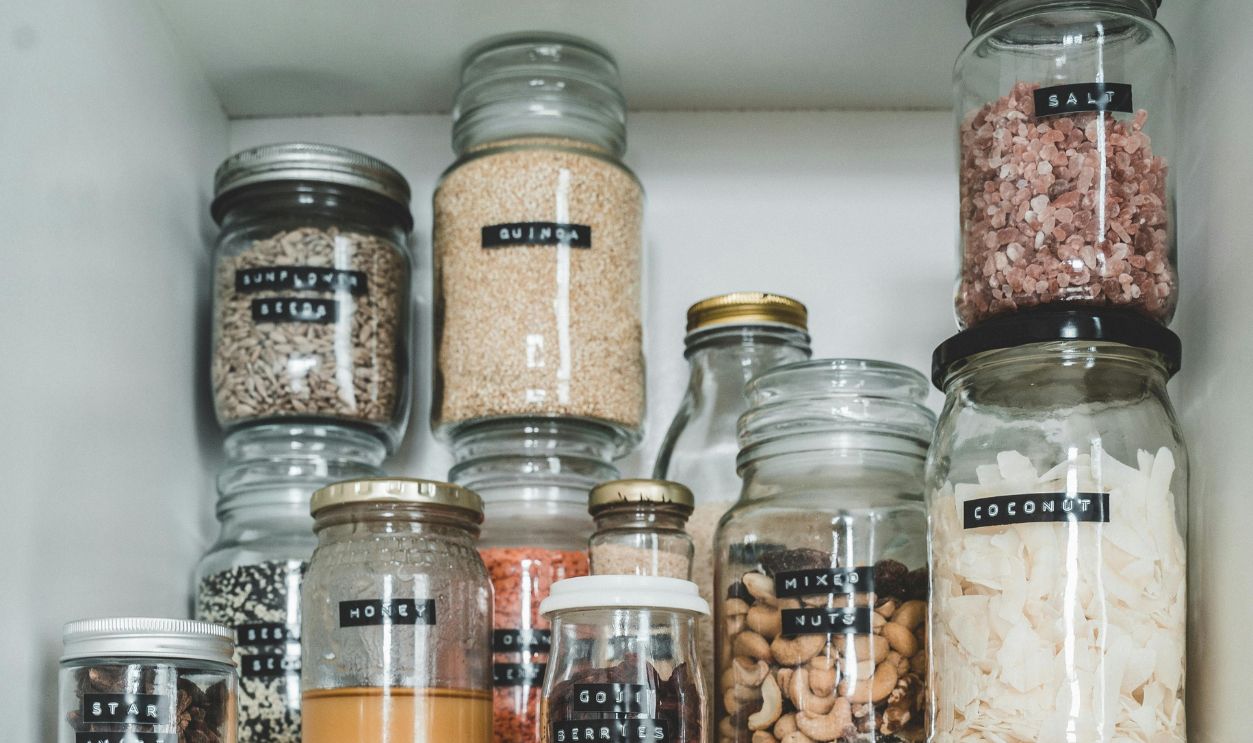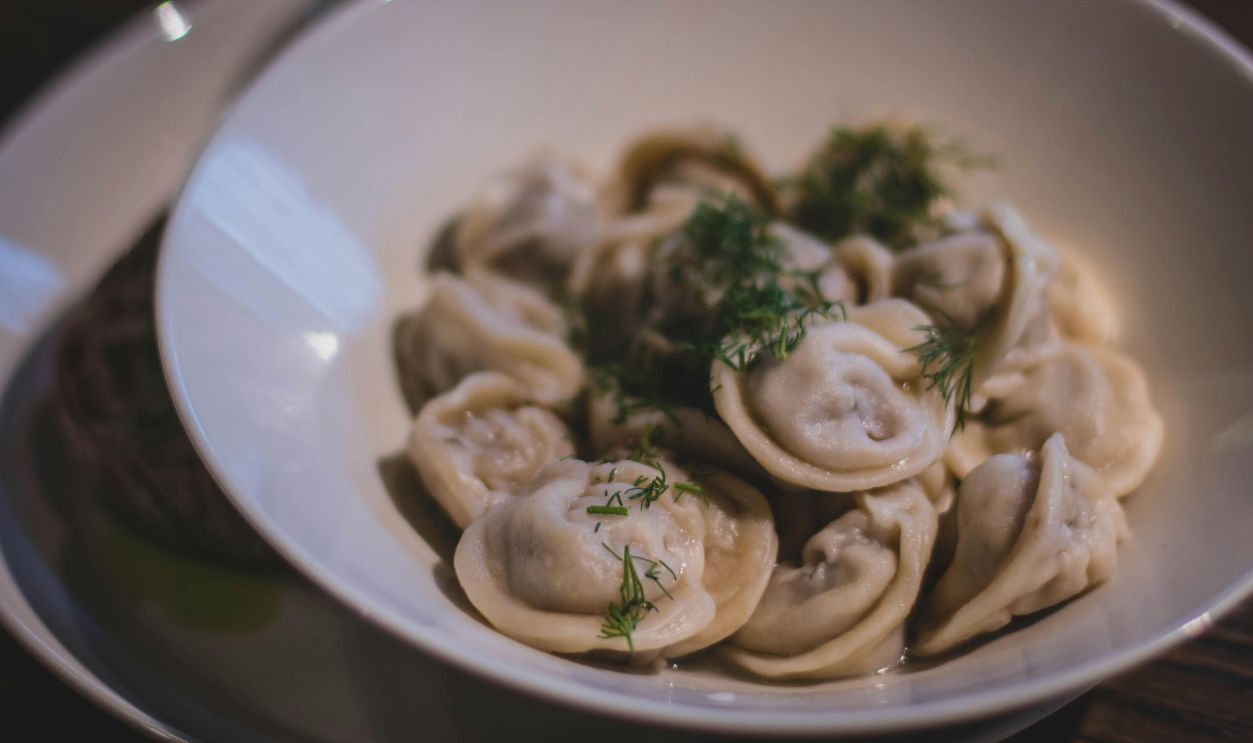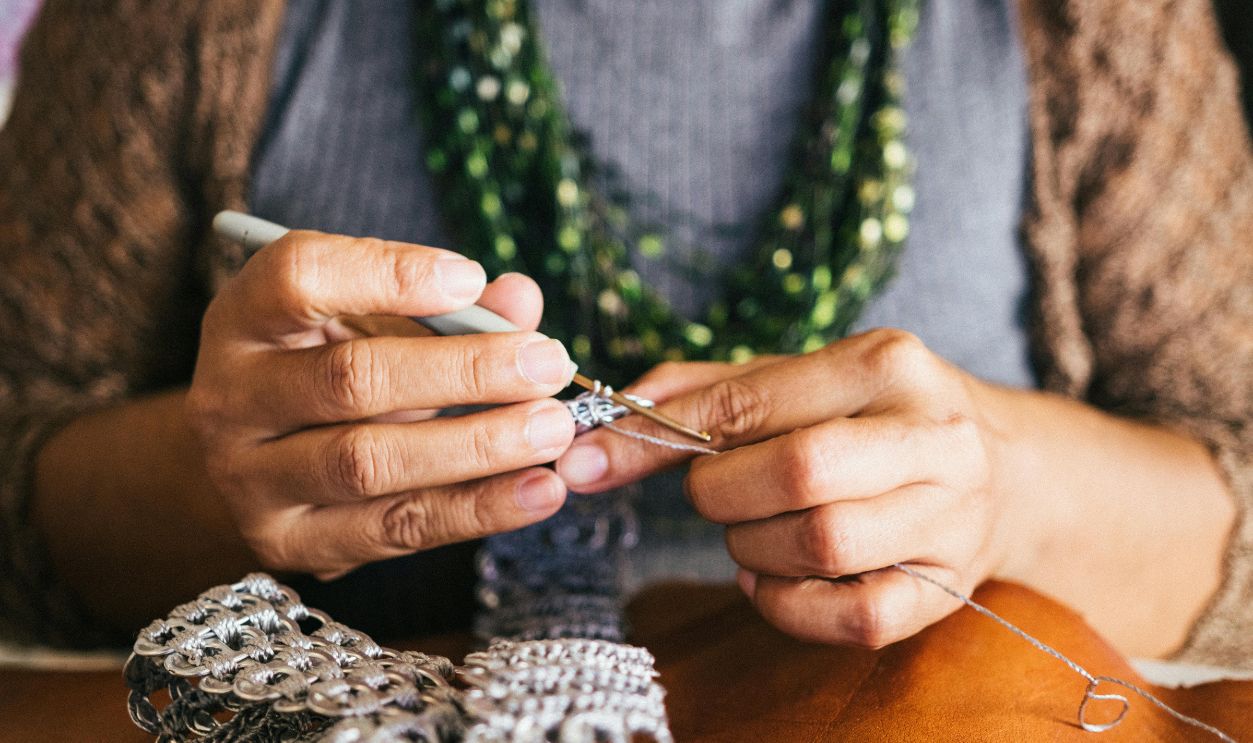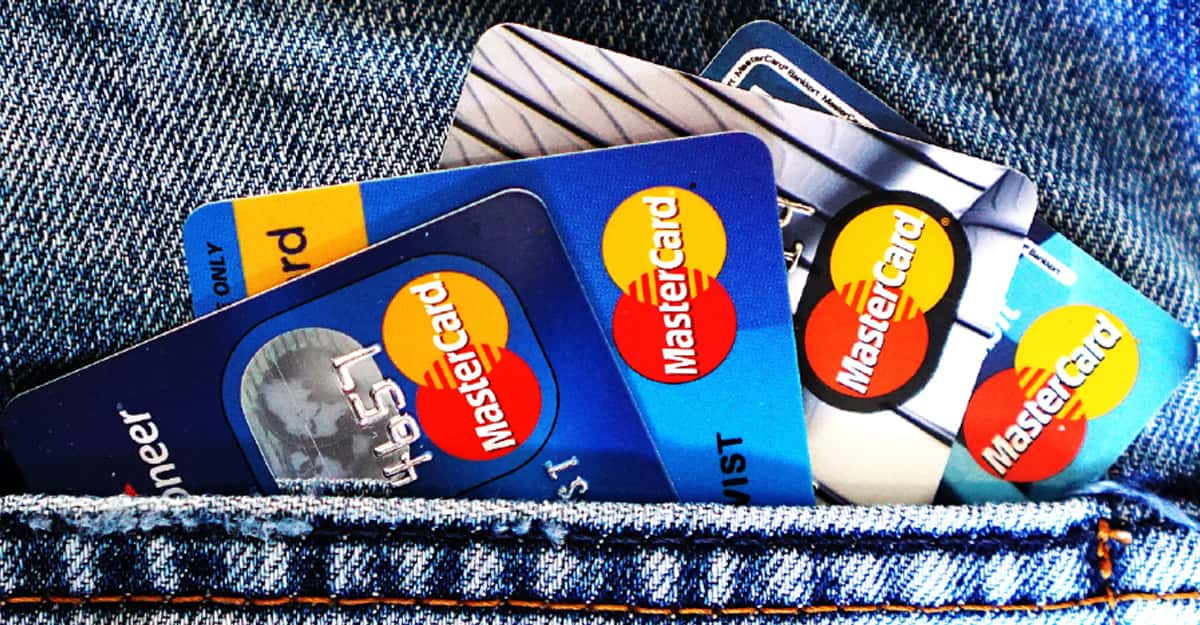Wisdom From The Women Who Knew Best
Some call it resourcefulness; others call it pure genius. Either way, moms in the 1960s had an unmatched ability to handle just about anything. No shortcuts—just a knack for making things last. Let’s have a look.

Meticulous Budgeting
Every penny had a purpose in a 1960s household. Moms kept handwritten budgets in notebooks to track expenses down to the last dime. Impulse buys? Forget it. The envelope system was king—if there wasn’t cash in the grocery envelope, that extra treat stayed on the shelf.
Cooking From Scratch
Back in the 60s, convenience came at a price, and most moms weren’t buying. Instead, they worked their magic with flour and butter. Meatloaf-filled bellies, casseroles, stretched leftovers, tomato soup, and homemade bread made the house smell like love.
Growing A Garden
The backyard wasn’t just for barbecues—it was a lifeline. Rows of tomatoes and cucumbers kept pantries full and grocery trips minimal. Victory gardens from wartime never went out of style, and canning and fermenting homegrown produce ensured fresh flavors all year round, even in the dead of winter.
Preserving & Freezing Food
Moms knew the value of a well-stocked pantry. Pickles, jellies, and home-canned peaches lined kitchen shelves, while chest freezers held bulk-bought meat. Freezing leftover soup or stretching a roast into sandwiches for the week? That was just common sense—nothing went to waste.
Hand-Me-Downs & Sewing
A growing child didn’t mean a growing clothing budget. Dresses were refashioned, and patches were a rite of passage. Sewing machines whirred late into the night as moms transformed old fabric into “new” outfits. If a garment could be salvaged, it was.
Line-Drying Laundry
Who needed an electric dryer when the sun did the job for free? Clotheslines crisscrossed suburban backyards, with clothespins securing everything from Sunday best to well-worn socks. That fresh-air scent? No store-bought detergent could match it—just pure sunshine and a little elbow grease.
DIY Cleaning Solutions
A little vinegar, a dash of baking soda, some water, and lemon juice—moms had all-purpose cleaners before they were trendy. Stains disappeared with elbow grease, and windows sparkled without store-bought sprays. Bleach was a household staple, but wasteful cleaning wipes weren’t even a thought.
Using Cloth Instead Of Disposables
In the 1960s, Mom knew the laundry line was her best friend. Cloth diapers flapped in the breeze, napkins got folded for another meal, and rags handled every mess. Paper products were for the rich—real savings came from scrubbing and reusing.
Reusing & Repurposing Containers
No jar or tin was ever “just trash”. Pickle jars held buttons and nails, tin cans became pencil holders, butter tubs stored leftovers, and coffee tins kept sewing supplies in order. Wastefulness was unacceptable—everything had a second act before it hit the trash.
Fixing & Maintaining The Home
Hiring a handyman? Not unless it was absolutely necessary. Moms, often alongside dads, tackled leaky faucets and patched up worn linoleum, among other things. Paint touch-ups and curtain repairs weren’t chores—they were just part of home ownership, done with pride and frugality.
Walking & Carpooling
No one wasted gas just to go a few blocks. Moms strutted to the store, kids trekked through rain or shine, and carpooling was a contact sport. If a station wagon had four wheels, it had room for ten kids, three lunchboxes, music, and at least one mystery smell.
Hosting Potluck Gatherings
Feeding a crowd on a budget? Potlucks were the answer. Every guest brought a dish, and nobody left hungry. Jell-O salads, meatloaf, mashed potatoes, and homemade rolls filled dining tables without emptying wallets. Sharing food was economical; it built strong community ties that money couldn’t buy.
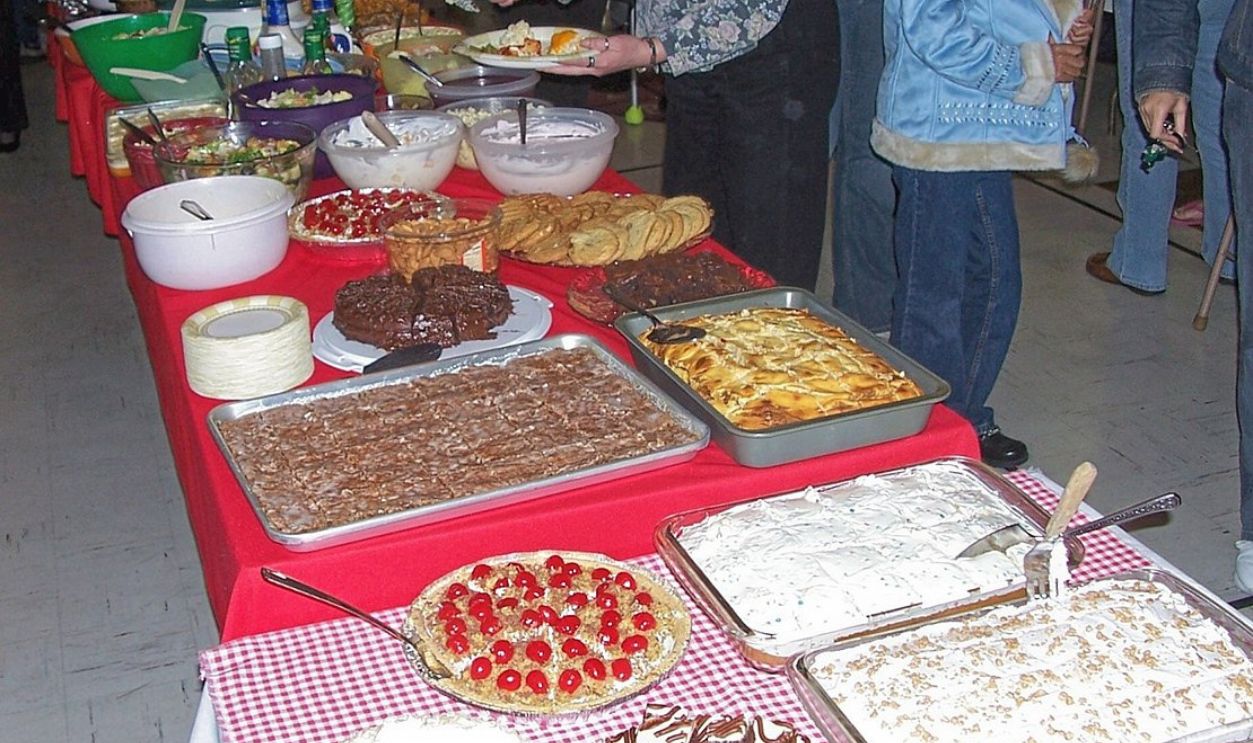 Nehrams2020, CC SA 3.0, Wikimedia Commons
Nehrams2020, CC SA 3.0, Wikimedia Commons
Homemade Gifts & Decorations
Nothing beats a gift made by hand. A photo album pieced together from old magazines and scraps told a story money couldn’t buy. Each page was a labor of love, a collection of moments stitched together with glue and pure sentiment.
Bartering & Trading
The money stayed in the bank, and trades kept the town running. Babysitting turned into a carton of eggs, a homemade dress could get a pantry full of jam, and a few hours of fence-painting might even land a fresh-baked pie. Creativity was the real currency, and everyone had something to offer.
Buying In Bulk
A sack of flour could outlast a season, carefully stored in metal tins to keep it fresh. The meat-buying day was an operation with stacks of butcher paper and a freezer ready to be filled. A stocked pantry meant fewer trips to the store and more money in the budget.
Thrift Shopping & Garage Sales
Saturday mornings meant scouting garage sales for hidden treasures. A good rummage sale held everything, including barely worn dresses and sturdy furniture. Moms had an eagle eye for quality—one man’s junk was another family’s budget-friendly goldmine. Department stores? Only when necessary.
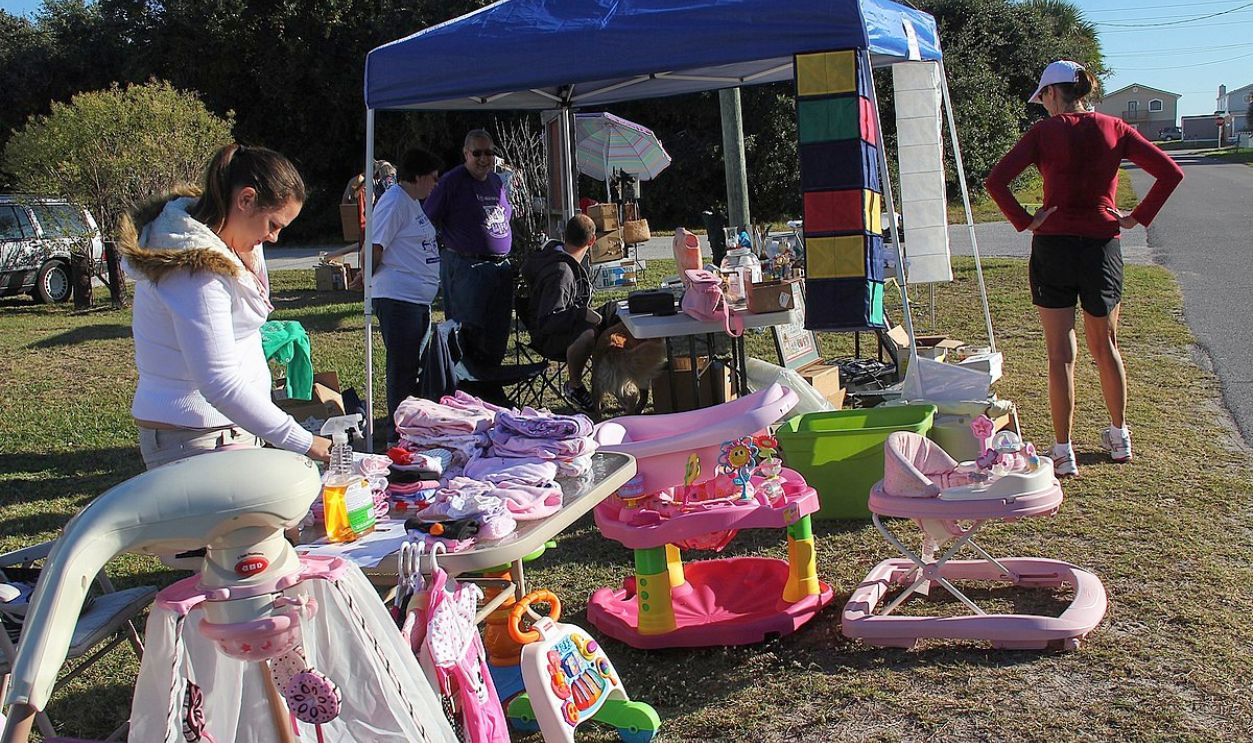 Unknown Author, Wikimedia Commons
Unknown Author, Wikimedia Commons
Darning Socks & Fixing Shoes
If a sock had a hole, it was just a “before” picture. A quick stitch later, and it was back in action. Scuffed shoes got a fresh shine, and when boots had seen better days, mom turned them into pint-sized play shoes. Waste not, want not!
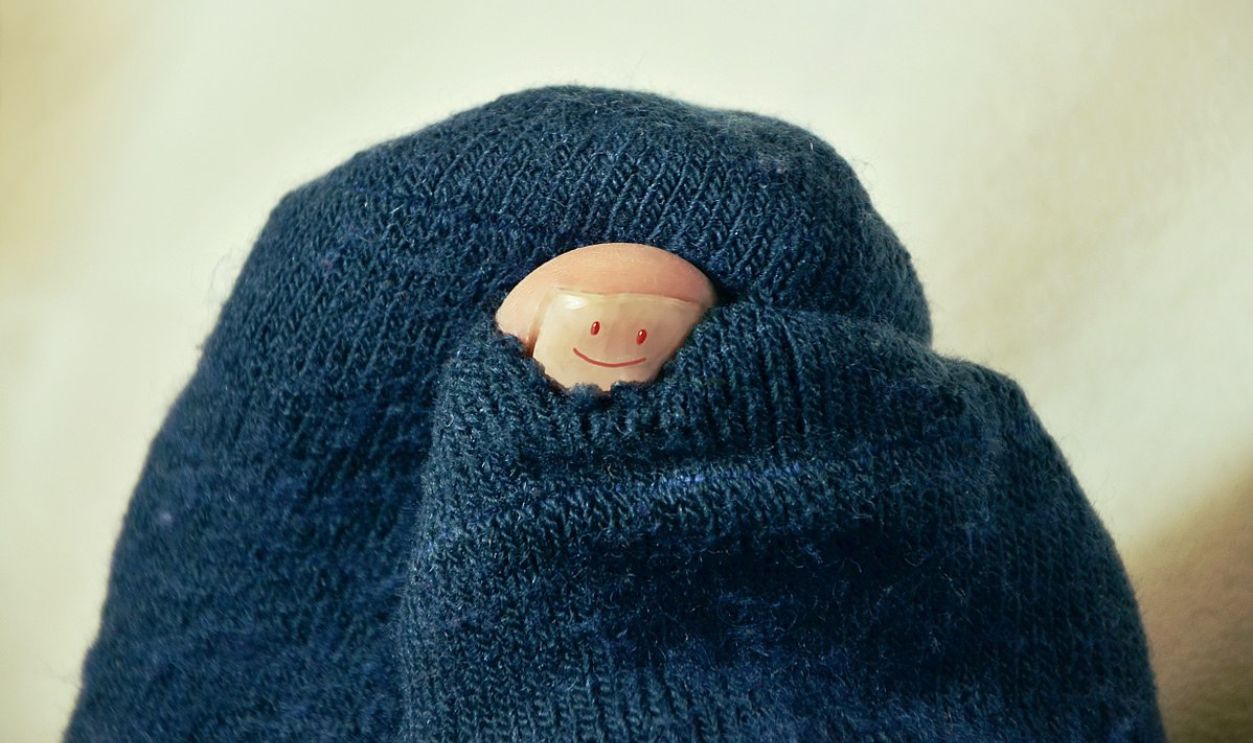 congerdesign, CC0, Wikimedia Commons
congerdesign, CC0, Wikimedia Commons
Conserving Electricity
In a '60s home, wasting power was a big no-no. Lights were only on when needed, and TVs didn’t play for background noise; they clicked off as soon as the show ended. Evenings weren’t about mindless screen time but cozying up with a book or the latest radio hit.
Cash-Only Shopping
Credit cards? Most families didn’t have them. If you couldn’t pay cash, you didn’t buy it. Layaway plans were the only exception, but debt was avoided like the plague. Moms kept grocery money in neatly labeled envelopes, which ensured there was never more spending than saving.
Stretching Leftovers Creatively
Sunday’s roast became Monday’s stew, and Tuesday’s mashed potatoes found new life in Wednesday’s croquettes. Nothing was wasted, and every scrap had potential. Even bacon grease was saved in a tin for frying eggs or seasoning beans—wastefulness was just not a part of a 1960s household.
 sousvideguy, CC BY 2.0, Wikimedia Commons
sousvideguy, CC BY 2.0, Wikimedia Commons
Finding Multiple Uses For Household Items
A good 1960s mom could find a new purpose for anything. Coffee cans became kitchen organizers, and soap bits were pressed into fresh bars. Stale bread made its way into dumplings, homemade croutons, or meat extenders for frugal family meals.
Homemade Baby Food
Baby food jars? Too expensive. Moms mashed bananas, cooked carrots, and blended peas to make fresh, preservative-free meals for their babies. A single batch stretched for days, and glass jars from store-bought food were saved for other uses. Healthy and budget-friendly.
 Ravedave, CC BY-SA 3.0, Wikimedia Commons
Ravedave, CC BY-SA 3.0, Wikimedia Commons
Making Toys From Household Items
Creativity ruled the toy box in the 1960s. Cardboard boxes became makeshift race cars, and clothespins took on new life as dolls. Even wooden thread spools strung together made clacking pull toys. These simple, homemade playthings sparked imagination for generations.
Knitwear & Crochet For Winter Clothing
Every stitch told a story in a home back then. Moms crocheted mittens, knitted scarves, and hand-stitched thick socks to keep their families warm. Old sweaters were unraveled and turned into fresh knits, while handmade patchwork blankets added an extra layer of warmth on freezing nights.
Reupholstering & Refinishing Furniture
When the furniture looked tired, Mom had a plan. She reupholstered chairs, restuffed sofa cushions, tightened loose chair legs, and refinished scratched coffee tables. Even cabinet doors got a makeover with fresh paint or new hardware. In these 1960s homes, fixing was a way of life.



